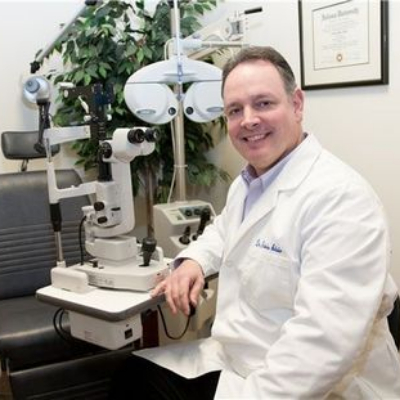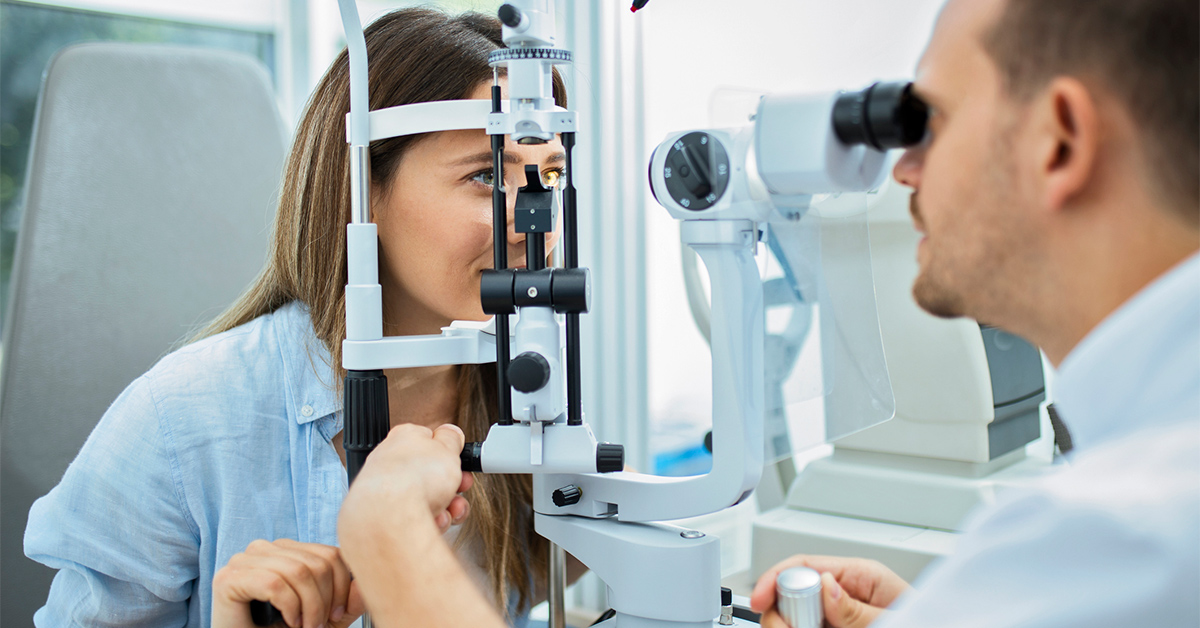Leading Reasons to See an Optometrist Chino for Your Eye Health
Wiki Article
Exploring the most recent Technological Innovations in Optometry and What They Mean for Optometrists
In the ever-evolving area of optometry, current technical innovations are improving exactly how specialists approach eye care. From the accuracy of Optical Coherence Tomography to the nuanced insights used by AI-driven diagnostic tools, these innovations are setting brand-new requirements in patient analysis and treatment. Teleoptometry is positioned to redefine availability, guaranteeing that knowledge transcends geographical limitations. As these improvements permeate the technique, optometrists are encountered with the challenge of accepting these devices to improve individual outcomes. Yet, the concern stays: exactly how will these technical shifts redefine the functions and responsibilities within the career?Technologies in Diagnostic Devices
Advancing the area of optometry, developments in diagnostic devices have changed the way eye care specialists analyze and detect eye conditions and aesthetic problems. The past decade has witnessed significant technical developments, making it possible for more precise and comprehensive examinations. Optical Coherence Tomography (OCT), as an example, supplies high-resolution cross-sectional pictures of the retina, permitting the very early detection of diseases such as glaucoma and age-related macular degeneration. This non-invasive imaging technique has become vital in contemporary optometric method.An additional secret innovation is the introduction of advanced corneal topography systems, which map the surface curvature of the cornea with precision. These devices are especially beneficial for fitting get in touch with lenses and identifying corneal disorders. In addition, electronic retinal imaging has actually transformed conventional ophthalmoscopy, using comprehensive, panoramic views of the retina that assist in detailed aesthetic evaluations.
The advancement of wavefront aberrometry has actually also been vital, making it possible for the evaluation of refractive mistakes with unmatched accuracy (Opticore Optometry). This modern technology assists in tailoring corrective lenses and improving medical outcomes for refractive surgeries. Jointly, these analysis developments encourage eye doctors to deliver remarkable person care, making sure early treatment and tailored treatment approaches, eventually enhancing aesthetic health and wellness end results
AI in Patient Management
Structure on the foundation of sophisticated analysis tools, the consolidation of man-made knowledge (AI) in person management stands for a transformative jump for optometry. AI systems are significantly employed to enhance effectiveness, accuracy, and personalization in patient care.Furthermore, AI-driven systems facilitate structured individual interactions and management procedures. Automated organizing, digital consultations, and customized follow-up plans not only boost patient complete satisfaction however likewise optimize time monitoring for practitioners. These systems can triage patients based upon the seriousness of their conditions, making sure that those in vital need get punctual attention.
In addition, AI improves decision-making by giving optometrists with evidence-based referrals and therapy pathways. By integrating data from electronic health and wellness records, AI tools provide insights that educate medical choices, reducing the danger of errors and boosting individual end results. As AI proceeds to progress, its duty in client monitoring will likely broaden, improving the landscape of optometric care.
Advances in Retinal Imaging
In the realm of optometry, retinal imaging has experienced impressive technological innovations that are improving analysis capacities and person care. Technologies such as Optical Coherence Tomography (OCT) and fundus photography have transformed exactly how optometrists examine the retina and imagine. OCT, particularly, offers high-resolution, cross-sectional pictures of the retina, enabling the comprehensive exam of its layers. This capability is indispensable for very early detection and management of problems like glaucoma, diabetic retinopathy, and age-related macular deterioration.Improved imaging methods like OCT angiography are additional refining analysis accuracy. This non-invasive technique maps blood flow in the retina, offering critical insights into vascular health and wellness without the requirement for color injections. Furthermore, flexible optics modern technology is being incorporated into retinal imaging systems to deal with ocular aberrations, providing unprecedented photo clearness. Such innovations promote the recognition of minute retinal adjustments that might signify disease development.
In addition, advancements in expert system are site link increasing retinal imaging by enabling automatic evaluation of huge datasets. These systems help eye doctors in recognizing patterns a sign of pathology, thus improving analysis precision and performance. Collectively, these advancements are transforming retinal imaging into a cornerstone of modern-day eye care, enhancing results and broadening therapeutic opportunities.
Teleoptometry's Growing Role
Teleoptometry is progressively becoming an important part of eye care, driven by improvements in electronic communication and diagnostic tools. This is especially helpful in country and underserved areas where access to specialized eye treatment is commonly minimal.The combination of artificial intelligence (AI) additional boosts teleoptometry, allowing the analysis of visual data and aiding in the discovery of ocular conditions such as glaucoma and diabetic person retinopathy. AI-powered algorithms can rapidly interpret complicated imaging information, providing optometrists with beneficial understandings that bolster scientific decision-making.
Moreover, teleoptometry supports connection of care via seamless combination with digital health records (EHRs), allowing eye doctors to maintain comprehensive client backgrounds. This makes sure that people get tailored and consistent treatment even when speaking go to these guys with different professionals.
Regardless of these benefits, challenges continue to be, including making sure data security and taking care of client assumptions. Nevertheless, teleoptometry represents a substantial stride in the direction of even more obtainable, reliable, and patient-centered eye treatment. As modern technology progresses, its duty is poised to increase further.

Future Fads in Eye Care
A myriad of innovative trends is established to improve the future of eye treatment, driven by technological improvements and the evolving demands of people. One substantial pattern is the combination of fabricated intelligence (AI) in diagnostics, which promises to improve the precision and performance of eye assessments. AI formulas can evaluate substantial quantities of information from retinal images, possibly detecting problems like diabetic retinopathy and glaucoma earlier than conventional methods.Moreover, customized medicine is acquiring traction in optometry, with hereditary screening notifying personalized treatment strategies. This strategy intends to optimize client results by customizing treatments to individual hereditary profiles. Wearable innovation, such as wise get in touch with lenses, is also coming up, using real-time surveillance of intraocular pressure or sugar levels, hence giving continuous understandings right into eye and systemic wellness.
The adoption of enhanced reality (AR) and digital fact (VR) in training and person education is one more arising pattern. These innovations offer immersive experiences that can boost understanding and abilities both for eye doctors and patients. As these patterns evolve, optometrists should stay abreast of technical improvements to offer innovative treatment, guaranteeing better person end results and satisfaction in the dynamic landscape of eye care.
Final Thought

Jointly, these diagnostic developments empower optometrists to supply superior client care, guaranteeing very early treatment and customized therapy techniques, inevitably boosting aesthetic health end results.

As these innovations continue to advance, eye doctors have to adapt and include them right into technique, inevitably enhancing workflow effectiveness and boosting the requirement of eye treatment supplied to clients.
Report this wiki page